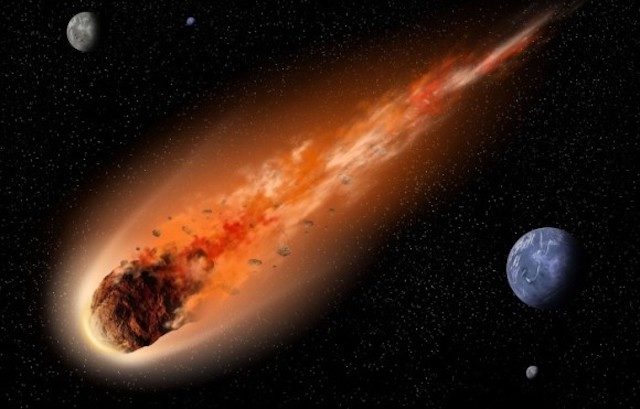The incident caused a stir on social media, with more than 170 comments on Maclean Buy, Swap and Sell Facebook page.
The Daily Examiner is investigating the cause of the loud bang. But with no definitive answers yet, theories being shared range from the logical such as a sonic boom from a meteorite, to the outrageous, including a UFO crash.
If you heard or saw anything from last night's big bang, tell us your story.
Earlier this week there were reports of other loud bangs following meteorite sightings across northern NSW and south-east Queensland.
Comment: The above event was on Sunday, about 6pm according to reports: Bright meteor with house-shaking sound reported over Queensland, Australia
The timing has coincided with the start of the annual Lyrid meteor shower event, which is active from about April 16 to 25.
Eartthsky.org report the peak is expected to fall on the morning of April 22. In a moonless sky, you might see from about 10 to 20 Lyrid meteors an hour at the shower's peak.
Considered to be the oldest known meteor shower, the Lyrids are named after constellation Lyra.
Sightings of the event date back to at least 687BC.
While people in the Northern Hemisphere are best located to view the Lyrids, those in the mid-Southern Hemisphere latitudes can also see the shower between midnight and dawn.
Astronomers suggest looking up towards the east to see shooting stars from the Lyrids.
They also say to notice whether it leaves a persistent train - that is, an ionized gas trail that glows for a few seconds after the meteor has passed. About a quarter of Lyrid meteors do leave persistent trains.




Reader Comments
to our Newsletter